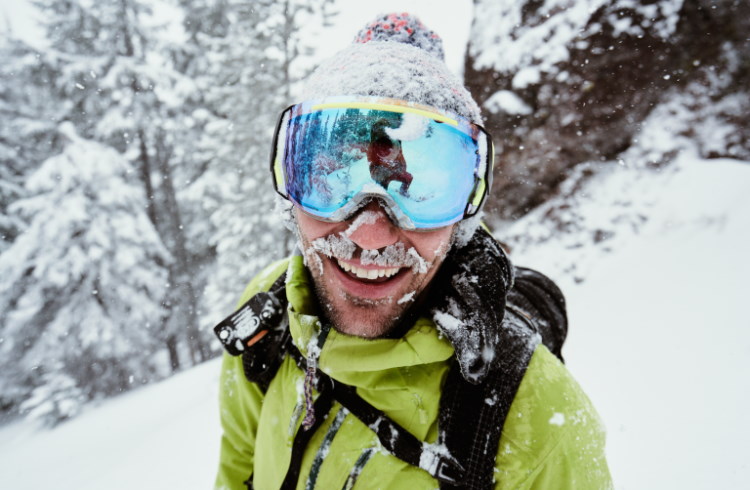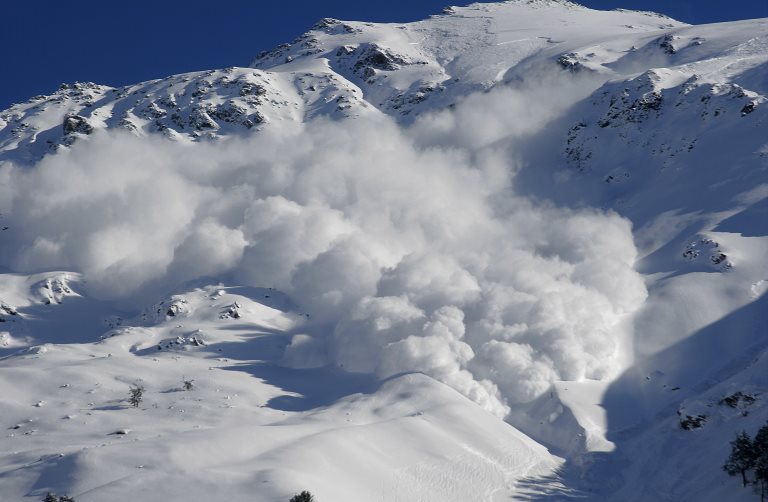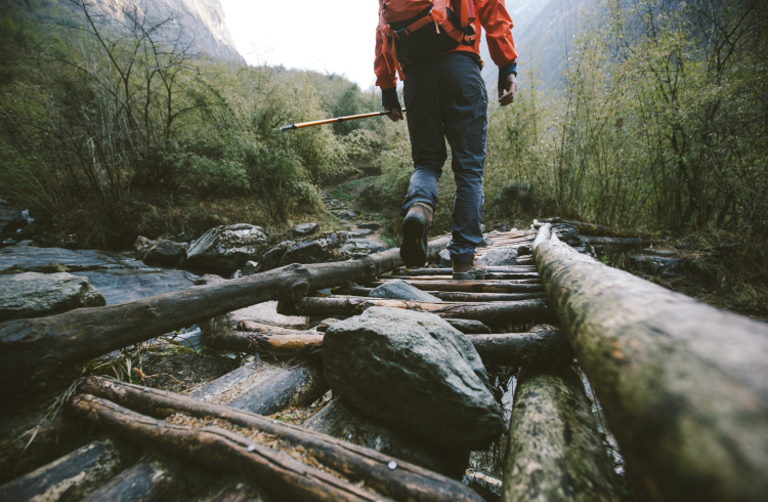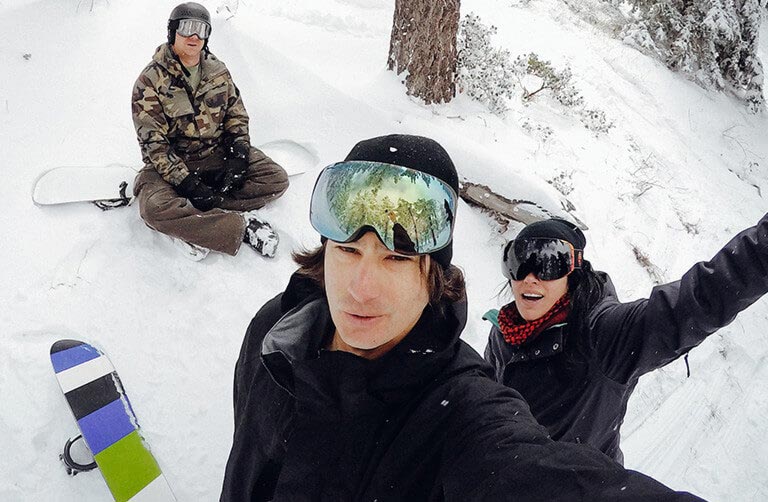What to Consider When Buying Your Ski Gear and Clothes
Before you hit the slopes, it’s important to know how to choose the right ski gloves, socks, layers, and outerwear to keep you dry and protected against the elements. Nomad Spencer offers his tips.
 Photo © Getty Images / Cavan Images
Photo © Getty Images / Cavan Images
Nothing screams “winter sports” quite like skiing. The fresh powder, the crisp air, and the promise of a good time are what winter is all about. But before you head out to shred the gnar, check out the tips below to help you stay properly outfitted for ski season.
- Waterproof/windproof jacket and pants
- Breathability is key
- Extremity protection
- Layer your clothes
- Don’t forget sunglasses
- Sunscreen is a must
- Final tips
Waterproof/windproof jacket and pants
Skiing gets you up close and personal with the cold, wet terrain, and will put a chill in your bones if you don’t wear the proper gear. First and foremost, you’ll want to find a solid jacket and pair of pants (or overalls) that are both waterproof and windproof. Any amount of moisture that seeps through your clothing will stick to your skin and lower your body temperature. If you don’t dry off and warm up, hypothermia and frostbite may set in.
It’s worth noting that any article of waterproof gear will also be windproof; however, the opposite of that isn’t always true.
Breathability is key
It’s not just the water from the environment that you need to worry about, though. Your own perspiration can chill you as well if it’s allowed to sit on your skin for a long period of time. Truly waterproof gear, like the plastic poncho you might wear in the summer, doesn’t allow any moisture to pass through it from either direction. It works well in situations where you won’t be exerting yourself enough to get sweaty, but we all know that skiing doesn’t fall into that category.
GORE-TEX was one of the first brands to create a material that’s both waterproof and breathable. It’s the gold standard for outdoor gear, which is why I try to fill my wardrobe with clothing that makes use of it.
Extremity protection
When you're exposed to cold temperatures, your body prioritizes keeping your core and vital organs warm. That means your extremities (fingers and toes) get the short end of the stick, as the blood vessels flowing through them start to constrict. The result is a decreased amount of heat that passes through the area, which is often why they’re the first places to show signs of frostbite.
To combat the chill, consider layering your gloves, and wearing a thin pair underneath your heavy-duty, waterproof gloves. If that’s still not enough for you, some inexpensive hand warmers can heat things up even more. Just make sure you still have enough flexibility in your hands to grip your ski poles!

For your toes, you can’t go wrong with a solid pair of merino wool socks. In fact, I’d recommend wearing these anytime you head out for a winter adventure – skiing or otherwise.
Layer your clothes
Anytime you plan on enjoying the winter wonderland, layers are the way to go. A puffy jacket and an undershirt might be appropriate for building snowmen, but it’s far from ideal for winter sports.
Whether you’re skiing, hiking, snowboarding, or mountaineering, I can’t stress the importance of layering enough. It’s the best way for you to regulate your body temperature and prevent the accumulation of moisture on your skin. Using the traditional method, there are three layers you should put on:
The base layer is what goes on first. Its primary purpose is to wick moisture away from your skin so that even when you get sweaty, you won’t stay wet.
The mid-layer is your insulator. Something like a fleece jacket works well for creating warmth without sacrificing breathability.
And the outer layer is what you put on last. It should be waterproof and windproof since it’s your first line of defense against the natural elements.
The great thing about layering your clothes is that you can add or subtract layers as needed. Getting too hot? Just remove your mid-layer, and you’ll still have the protection you need.
Don’t forget sunglasses
Goggles work well too, especially in blustery conditions. Either way, you’ll need something to protect your eyes from snow blindness, even on fairly cloudy days. Snow has reflective qualities that send harmful UV rays into your eyes from all angles, which is why you need to give them proper protection.
In fact, snow reflects UV rays back with double the intensity. I’ve never been a huge fan of goggles myself, so glacier glasses are my eyewear of choice since they prevent light from entering in from the sides. You’re certainly welcome to go with whatever feels best for you, as long as you get full coverage protection.
Sunscreen is a must
If you’ve never been skiing before, you probably think I’m joking with this one. After all, it’s wintertime. Who bothers with sunscreen when there’s snow on the ground?
In fact, it’s because there’s snow on the ground that you have to be concerned about getting burned. The UV rays that cause snow blindness are what can lead to sunburn, especially at higher elevations where the atmosphere is thinner.
Many skiers (myself included) have hit the powder without thinking twice about the effects the sun will have. After a couple of hours, imagine the shock when you take off your goggles to find that you have an oddly shaped sunburn on your face! I know it’s not fun, but applying sunscreen will save you a world of discomfort, both now and in the future.
Final tips
Everything covered above is just the basics. When it comes to choosing the right ski gear, there are a few other things that you’ll want to consider, in addition to warmth, waterproofing, and breathability.
For example, skiing is different from other winter activities due to the importance of aerodynamics. Perhaps you’ve put on enough layers to feel warm at 0°F (-18°C), but if you look like a blimp, you’re not going to cut through the air very well. Tapered and form-fitting ski gear is a must if you care about efficiency of movement.
Along the same lines, try to find a ski jacket that has a drawstring around the waist. It’s an essential feature that prevents snow from flying up under your jacket and helps with aerodynamics as well.



No Comments